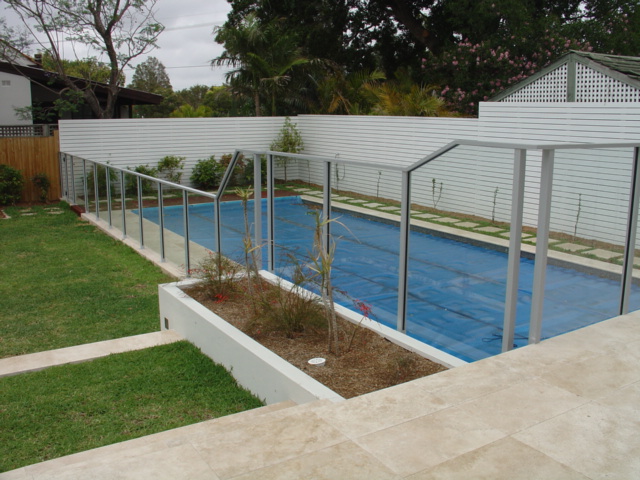The growing popularity of solar power is one of the trending news in the energy industry since the last decade. In utility-scale projects, solar panels are now capable of generating cheaper electricity than coal power plants. In US, solar power represents 43% of the total new electricity generation.
One of the biggest drawbacks of solar panels is its inability to generate electricity in absence of sunlight and in cloudy weathers. However, this bridge is now being fulfilled with the help of battery systems. Solar panels when coupled with battery systems, can store surplus electricity produced, and supply that energy when there is no generation.
Considering the opportunity, the federal tax credit of 26% for solar panels with battery systems was amended in 2018. To mitigate the impact of COVID-19, the tax credit was extended for two years from December 2020. An important thing to keep in mind is that stand-alone batteries are not eligible as the tax credit is applicable for batteries that are charges from solar panels. Also, the batteries must be installed within one year after the solar panels to qualify for the tax credit.
The federal tax credit is applicable for both residential and commercial buildings with slightly different eligibility requirements in each case. Let’s look at what these differences are.
Federal Tax Credit for Residential Solar Battery Systems
As mentioned earlier, to qualify for the 26% tax credit, home installations must have a combination of solar panels and solar powered batteries. In US, home solar systems can be installed at the price of around $3,000 per kilowatt without the batteries, before subtracting the federal tax credit and any available incentives. Depending on where you live, this estimated cost can vary.
Let’s assume you want to deploy an 8kW solar array at home. The estimated cost would be around $24,000. Adding a home battery, like the Tesla Powerwall, would cost around $12,000. Combining the solar array with the battery, the total project cost would be $36,000.
Now,
- If the battery only stored electricity generated by the solar panels, the entire project can avail the federal tax credit of 26%. In this case, you get a tax credit of $9,360.
- However, if the battery electricity from the power grid, the tax credit will only be applicable for the solar panel. In this case, you get a reduced tax credit of only $6,240.
Charging the home batteries with grid electricity can be a great opportunity in some cases. It’s often observed that many grids generate a surplus amount of electricity in after midnight hours, which can be stored by the home batteries. When the grid struggles to supply electricity during peak demand, this stored energy from the batteries can be used.
Federal Tax Credit for Commercial Solar Battery Systems
The commercial sector has more flexibility for the solar battery systems being eligible for the federal tax credit. They can store electricity from the grid as long as at least 75% charge comes from solar panels to avail the tax credit. Companies that get billed for time-of-use tariffs can benefit from taking advantage of the lowest rate with a battery system without having to miss the federal tax credit.
An important condition to remember for the commercial electricity consumers is that to get the entire 26% federal tax credit, the batteries must be 100% charged completely from solar panels. The tax credit is reduced based on charging percentage till 75%. Any battery that gets charged more than 25% from the grid is not eligible.
The cost of a commercial solar system in US is around $2,000 per kilowatt before subtracting the tax benefit and other incentives. For a 325 kW installation, the cost would be around $650,000 and the full 26% tax credit would be $169,000. Also, commercial solar projects benefit from the 5-year depreciation under the MACRS (Modified Accelerated Cost Recovery System).
Now,
- If the 325 kW commercial solar array is combined with 200 kWh battery, which costs $160,000, the total project cost would be $810,000. The maximum tax credit that can be availed would be $210,600, the remaining $41,600 being from the battery system.
- When grid electricity is also used to charge the battery, say 15% from the grid and the rest 85% from solar panels, the tax credit would be 85% of the maximum which would be $35,360. The minimum tax credit that can be availed, with a 75% charge from solar panels and 25% from the grid, would be $31,200.
Recommendations
Energy consultants can model several charging scenarios and identify the optimum case for making the most savings. Energy consultants use a concept known as peak shaving, where batteries can be used to reduce the maximum demand for reducing the energy bills for commercial electricity consumers. Thus, identifying the optimum measure can lead to higher savings.






